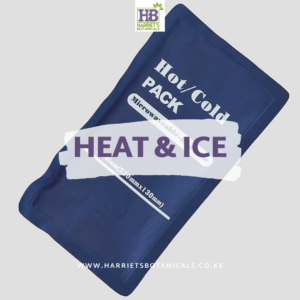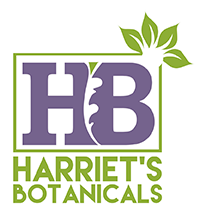Pain is personal, we have all experienced it at one point in our lives. The physical symptoms of pain can be steady, throbbing, stabbing, aching or pinching and most obviously uncomfortable. It can range from mild to debilitating and is a signal by our bodies that there is something amiss. We should not ignore pain. Inflammation is a natural response to your body fighting off or protecting you from invaders such as bacteria, viruses, immune reactions or physical impact causing pain. In allopathic medicine, anti-inflammatory drugs are usually administered to provide relief from this pain. However, nature is full of natural painkillers that can be used as ingredients or supplements to alleviate and reduce the causes of pain and inflammation. As part of our holistic series, we will look at some commonly used ingredients and treatments that naturally relieve and prevent pain and inflammation.
Cloves
Cloves are a sweet aromatic spice found in a lot of different cuisines. The flower buds of this plant are dried, used whole, ground into a powder, or the oils extracted for multiple uses. They are high in antioxidants, including eugenol, which stops oxidative damage caused by free radicals and can help reduce oxidative stress. Eugenol is also a great painkiller and provides relief from toothache when applied directly on the gums as an oil. Cloves help relieve the pain associated with headaches and arthritic inflammation and treat a wide number of conditions. They ease symptoms of colds and flu as well as nausea and have antifungal properties. The essential oil is used topically and needs to be used in small amounts especially for toothaches or mixed with a carrier oil when massaged topically. Internally, people who take blood thinners or have bleeding disorders should take precautions and consult a doctor before using cloves.

Turmeric
This spice adds a bright yellow hue and unique flavor to a lot of delicious dishes and has been used in India for thousands of years as a medicinal herb. Turmeric packs a lot in terms of nutrients and health benefits. It contains compounds with powerful medicinal properties from its main active ingredient curcumin. It is a bioactive compound that has powerful anti-inflammatory effects that combat inflammation at the molecular level. This helps in the prevention and treatment of conditions such as heart disease, cancer, metabolic syndrome, Alzheimer’s and various degenerative conditions that may come with age. Curcumin is a very strong antioxidant that blocks free radicals directly, then stimulates your body’s own antioxidant defenses. Turmeric is also used in the treatment of ulcers, indigestion, stomach upset, psoriasis, and depressive mood. It is recommended to take turmeric with black pepper (piperine) in order to enhance curcumin absorption both when cooking or when taken as a supplement.

Garlic
Whenever a recipe calls for one or two cloves, the majority of us have confessed to adding more than double the amount in order to get the kick of this amazing plant. Garlic is part of the onion family and a popular ingredient in global cuisine. Its benefits have reached far and wide and have been historically used for its health and medicinal properties in providing longevity in many ancient cultures. Allicin is one of the sulfur compounds formed when a garlic clove is chopped, crushed or chewed and when digested, exerts its potent biological effects. Garlic helps to prevent and reduce the severity of the flu and the common cold. Around four cloves of garlic per day appear to improve blood pressure for those with hypertension and are effective in lowering bad cholesterol (LDL). It contains antioxidants that protect against cell damage and aging and may reduce the risk of Alzheimer’s disease and dementia. In further research, the use of garlic was most effective at reducing levels of lead and heavy metal toxicity including clinical signs of this such as headaches and blood pressure. Menopausal women can benefit from this plant as it helps to improve bone health by increasing estrogen levels and has beneficial effects on osteoarthritis.

Heat and Ice
Physical injuries cause inflammation shortly after you experience a strained muscle, tendon, or ligament, and more. We see many professional athletes soaking in ice-cold baths or using heat strips on their muscles and joints with a very positive outcome in pain relief, recovery, and regeneration. Heat or ice packs are used for different reasons; heat opens blood vessels, which can assist the healing process and is best used for injuries that are at least a few days old. It helps to soothe stiff joints and relax muscles. Heat is also best for arthritis, with moist heat easing the pain felt on joints. Ice or cold on the other hand works best for the first 72 hours after an injury because it helps reduce swelling and inflammation, which causes pain. It numbs the affected area and can also reduce bleeding by constricting the blood vessels. In case of doubt, always consult a doctor or physical therapist for the best option to treat your injury.












